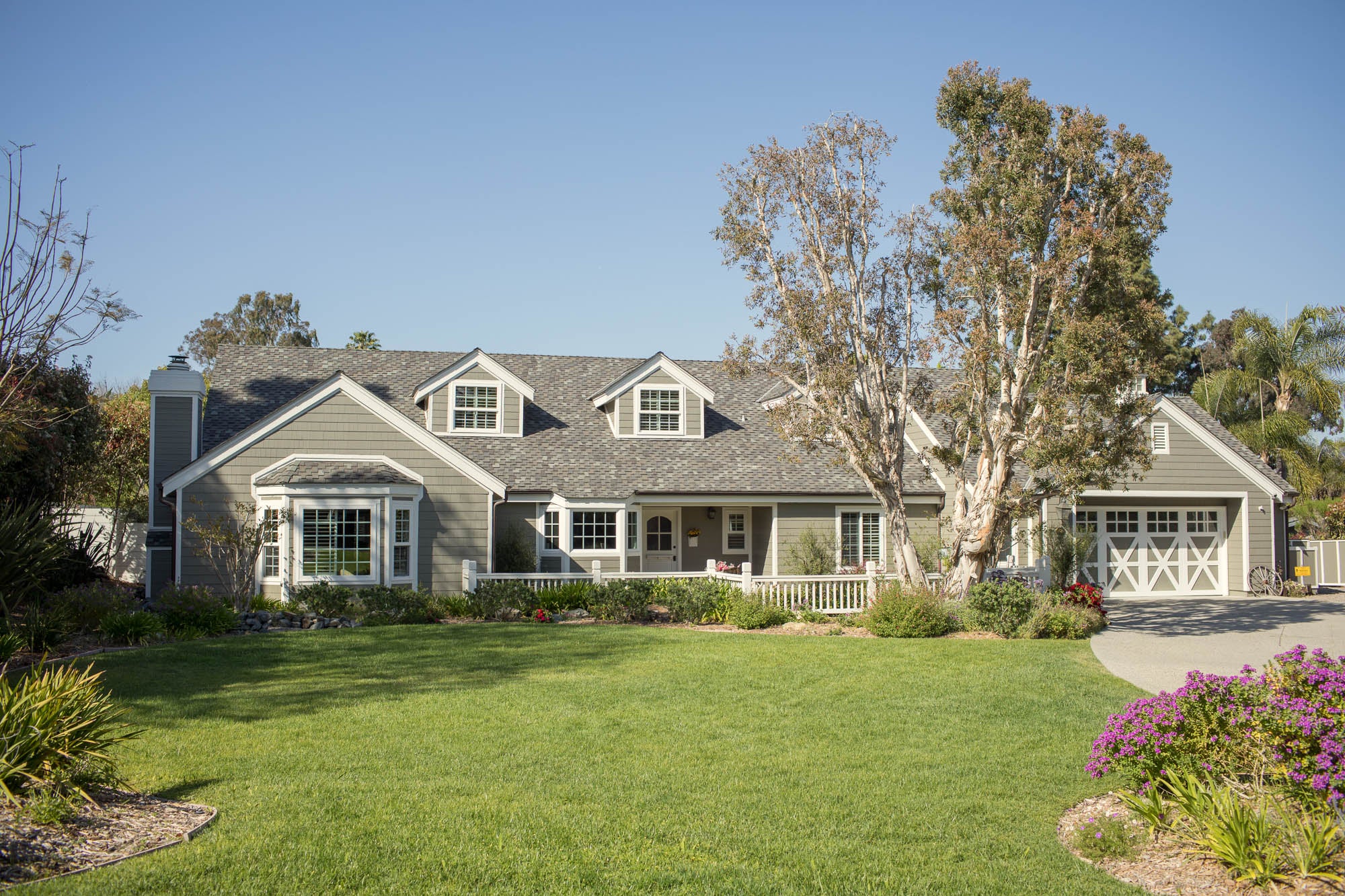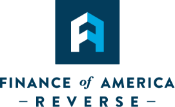Here’s when it makes sense to borrow against the value of your house instead of selling
Seniors in the U.S. are sitting on a record $7.19 trillion in housing wealth, according to the National Reverse Mortgage Lenders Association. While not historically part of a well-balanced retirement plan, tapping this home equity can be a cost-effective way to help fund retirement.
In fact, with the Case-Shiller U.S. National Home Price Index at an all-time high, securing access to home equity plays a dual role of generating income and hedging against a potential correction in the housing market.
When seeking additional retirement income, some retirees may seek to downsize, move to an area with a lower cost of living, or use assets from a retirement account. Yet many may not want to sell their home or other investments.
One solution is a reverse mortgage, which offers homeowners over 62 years old (over 60 in some states) flexible ways to use their home equity to help meet retirement goals.
Understanding reverse mortgages
In the past, reverse mortgages were typically a last resort. Today’s reality is drastically different: Homeowners and financial advisers can view a reverse mortgage as part of a holistic retirement plan.
While individual needs and situations differ, one of the key drivers behind a reverse mortgage is to provide an annuity-type payment or to eliminate an existing mortgage payment — both of which increase household cash flow. This additional cash flow can be used to pay for expenses, in-home care or other long-term needs, and to help keep retirement income at a level where assets are not depleted.
Moreover, a reverse mortgage can provide an alternative revenue source when stock investments are underperforming, so people don’t have to sell stock at reduced values. This “managing the sequencing of returns” dynamic has been well documented by academics and should be a variable in overall retirement thinking.
To be clear, reverse mortgages aren’t suitable for everyone, and a number of important factors need to be taken into account. One key consideration includes how long a potential borrower plans to remain in their home. While many retirees plan on aging in place, one-in-three baby boomers say they intend to move at some point in retirement, and others may consider assisted living or renting rather than owning. For situations like these, shorter-term funding needs may be more effectively met with traditional financing, including HELOCs, due to the costs of securing a reverse mortgage.
Of note, interest rates on reverse mortgages can be comparable to traditional mortgages, but there may be substantial closing costs due to the upfront Federal Housing Administration (FHA) mortgage insurance premium. Those costs are 2% of the home value (up to $726,525). So, a home with a value of $500,000 would result in an insurance premium of $10,000. The insurance is what makes some reverse features possible — most notably that there are no required principal or interest payments while living in the home, or that the borrower or heirs will never owe more than the value of the property. When sized up, if these benefits are not of value to the borrower, traditional financing that does not include this insurance premium makes more sense.
For baby boomers who do plan to age in place, a reverse mortgage’s benefits may be of immense value. The cost of insurance amortized over a 20- to 30-year period can be a reasonable value proposition when considering not only those benefits, but others, such as the opportunity to have a line of credit that grows and compounds over time, regardless of what happens to the value of the property. For example, that $10,000 insurance premium, spread over 25 years, equates to just $400 annually (before financing costs).
Reversing misconceptions
Still, misconceptions about reverse mortgages are prevalent, including that the bank owns the house. Just like any other mortgage, the borrower retains title to the property so long as they are honoring the loan obligations including paying property taxes, insurance, and maintaining and living in the home.
While it is possible to accrue a substantial amount of debt over the long-term, reverse mortgages are required to be non-recourse loans, which means when the borrower dies and the property is sold, the estate will never owe more than the value of the property.
The Home Equity Conversion Mortgage (HECM) — insured by the Federal Housing Administration (FHA) — has a line of credit option whereby available proceeds grow and compound over time. This provides ongoing access to capital, regardless of the value of the property.
With 79% of U.S. baby boomers owning a home, combined with all-time highs in housing prices and home-equity levels, retirees and those nearing retirement now can rethink how to leverage their home to meet retirement goals. Financial planners too can bring reverse mortgages into the retirement toolkit, paying close attention to the trade-offs and risks in using this form of home equity over other options.
Stephen Resch is vice-president of retirement strategies at reverse-mortgage lender Finance of America Reverse.
A form of this article appeared in MarketWatch
Oregon Only:·When the loan is due and payable, some or all of the equity in the property that is the subject of the reverse mortgage no longer belongs to borrowers, who may need to sell the home or otherwise repay the loan with interest from other proceeds. FAR may charge an origination fee, mortgage insurance premium, closing costs and servicing fees (added to the balance of the loan).·The balance of the loan grows over time and FAR charges interest on the balance.· Borrowers are responsible for paying property taxes, homeowner’s insurance, maintenance, and related taxes (which may be substantial). We do not establish an escrow account for disbursements of these payments. A set-aside account can be set up to pay taxes and insurance and may be required in some cases. Borrowers must occupy home as their primary residence and pay for ongoing maintenance; otherwise the loan becomes due and payable. The loan also becomes due and payable (and the property may be subject to a tax lien, other encumbrance, or foreclosure) when the last borrower, or eligible non-borrowing surviving spouse, dies, sells the home, permanently moves out, defaults on taxes, insurance payments, or maintenance, or does not otherwise comply with the loan terms. Interest is not tax-deductible until the loan is partially or fully repaid.
©2020 Finance of America Reverse LLC is licensed in 50 states and D.C. | Equal Housing Opportunity | NMLS ID # 2285 | www.nmls.consumeraccess.org | 8023 East 63rd Place, Suite 700 | Tulsa, OK 74133 CNot all products and options are available in all states | Terms subject to change without notice | AZ Mortgage Banker License #0921300 | Licensed by the Department of Business Oversight under the California Residential Mortgage Lending Act | Georgia Residential Mortgage Licensee | Illinois Residential Mortgage Licensee | Kansas Licensed Mortgage Company | MA Lender/Broker #MC2855 | Licensed by the Mississippi Department of Banking and Consumer Finance | Licensed by the New Hampshire Banking Department | Licensed by the N.J. Department of Banking and Insurance | Licensed Mortgage Banker — NYS Banking Department where Finance of America Reverse is known as FAReverse LLC in lieu of true name Finance of America Reverse LLC | Rhode Island Licensed Lender | HUD HECMS REQUIRE PAYMENT OF INITIAL AND PERIODIC MORTGAGE INSURANCE PREMIUM.
This article is intended for general informational and educational purposes only, and should not be construed as financial or tax advice. For more information about whether a reverse mortgage may be right for you, you should consult an independent financial advisor. For tax advice, please consult a tax professional.















I WANT TO KEEP UP TO DATE ON RETIREMENT TRENDS
Follow Us.